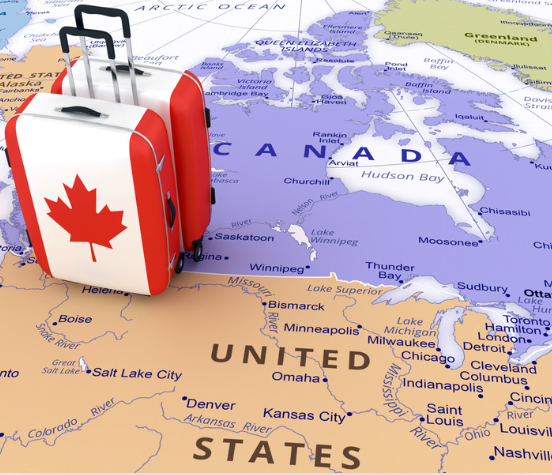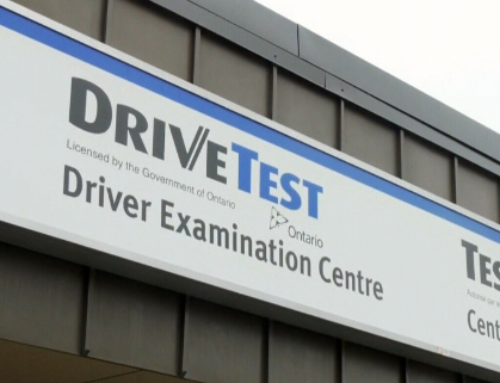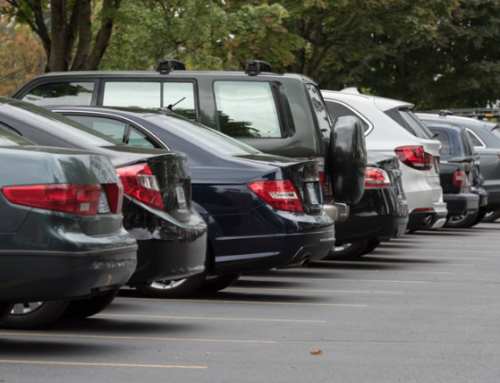Buying your first car in Canada can be both exciting and overwhelming, especially for newcomers. Understanding the process, knowing what to look for, and navigating the various steps can make your car purchase smoother and more enjoyable. This comprehensive guide will walk you through everything you need to know to buy your first car in Canada.
1. Determine Your Needs and Budget
Assess Your Needs
Before you start looking for a car, consider your specific needs:
- Purpose: Will you use the car for daily commuting, long trips, or occasional use?
- Type: Do you need a compact car, SUV, truck, or minivan?
- Features: What features are essential for you? Consider factors like fuel efficiency, safety features, cargo space, and seating capacity.
Set Your Budget
Establish a budget that includes:
- Purchase Price: The upfront cost of the car.
- Insurance: Car insurance is mandatory in Canada. Rates vary based on factors like the car’s make, model, and your driving history.
- Maintenance and Repairs: Regular maintenance and potential repairs.
- Fuel Costs: Estimate based on your expected usage and the car’s fuel efficiency.
- Financing: If you’re taking a loan, consider monthly payments and interest rates.
2. Research Your Options
New vs. Used
Decide whether you want a new or used car:
- New Cars: Come with the latest features and warranties but are more expensive.
- Used Cars: More affordable but may have higher maintenance costs and fewer modern features.
Research Models
Use online resources to compare different makes and models:
- Fuel Efficiency: Look for cars with good mileage.
- Reliability: Check reviews and reliability ratings.
- Resale Value: Some cars depreciate slower than others.
Check Reviews
Read reviews from reputable sources to get insights into the pros and cons of various models. Websites like Consumer Reports, Edmunds, and Canadian automotive forums are valuable resources.
3. Financing Your Car
Explore Financing Options
There are several ways to finance your car:
- Bank Loans: Check with your bank for auto loan options.
- Dealer Financing: Many dealerships offer financing plans.
- Credit Unions: Often have competitive rates.
- Personal Savings: If possible, paying in cash can save you from interest payments.
Get Pre-Approved
Getting pre-approved for a loan can give you a better idea of your budget and strengthen your negotiating position. Compare interest rates and terms from multiple lenders.
4. Finding the Right Car
Visit Dealerships
Visiting dealerships allows you to see and test-drive cars in person. Consider both new and used car dealerships.
Online Marketplaces
Websites like AutoTrader, Kijiji Autos, and CarGurus list cars from both dealerships and private sellers. These platforms offer a wide range of options and allow you to compare prices and features easily.
Certified Pre-Owned Programs
Certified Pre-Owned (CPO) programs offered by manufacturers provide used cars that have undergone thorough inspections and come with warranties. This can be a middle ground between new and used cars.
5. Test Driving
Schedule a Test Drive
Always test-drive a car before buying it. This helps you assess how the car handles and if it meets your expectations.
What to Look For
During the test drive, pay attention to:
- Comfort: Seat comfort, driving position, and visibility.
- Performance: Acceleration, braking, and handling.
- Noise: Listen for unusual sounds.
- Features: Check if all features and controls work properly.
6. Inspecting the Car
Used Car Inspection
If you’re buying a used car, have it inspected by a trusted mechanic. An inspection can reveal hidden issues that might not be apparent during a test drive.
Vehicle History Report
Obtain a vehicle history report using services like CARFAX Canada. This report provides information on previous ownership, accidents, service history, and more.
7. Negotiating the Price
Do Your Homework
Research the market value of the car you’re interested in. This information gives you a basis for negotiation.
Be Prepared to Walk Away
If the price isn’t right or the seller isn’t willing to negotiate, be ready to walk away. There are plenty of other options available.
Consider Additional Costs
When negotiating, consider additional costs like taxes, registration fees, and optional add-ons. Make sure these are factored into your budget.
8. Completing the Purchase
Finalize Financing
If you’re financing your car, finalize the loan details. Ensure you understand the terms, interest rate, and repayment schedule.
Insurance
Arrange for car insurance before you take possession of the car. Shop around for the best rates and coverage options.
Registration
You need to register your car with your province’s motor vehicle department. The dealership often handles this for new cars, but for private sales, you’ll need to do it yourself.
9. After the Purchase
Maintenance and Repairs
Regular maintenance is crucial to keep your car running smoothly. Follow the manufacturer’s maintenance schedule and address any issues promptly.
Join a Community
Join online forums and local car clubs. These communities can provide valuable advice, support, and recommendations for service providers.
Enjoy Your New Car
Take the time to familiarize yourself with your new car’s features and enjoy the freedom and convenience it brings.
Buying your first car in Canada is a significant milestone, especially for newcomers. By understanding your needs, setting a realistic budget, and following the steps outlined in this guide, you can make an informed decision and find a car that fits your lifestyle. Remember to take your time, do thorough research, and seek advice when needed. With the right approach, you’ll soon be driving your new car with confidence and peace of mind.

















